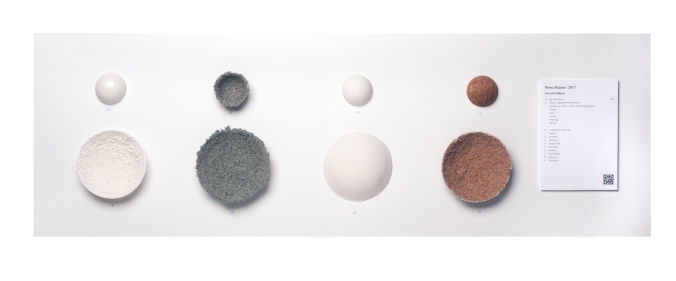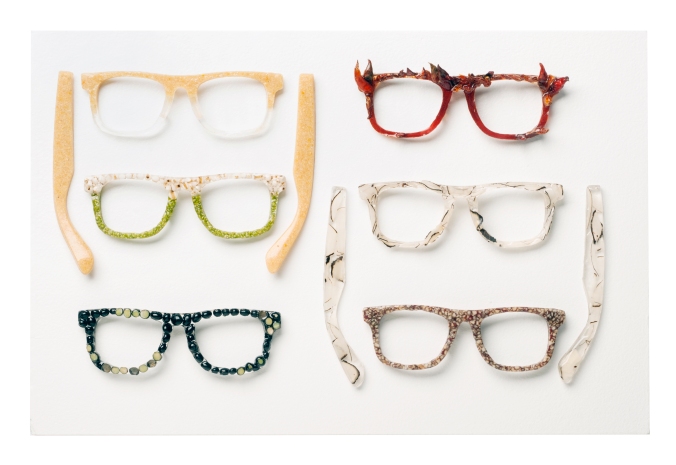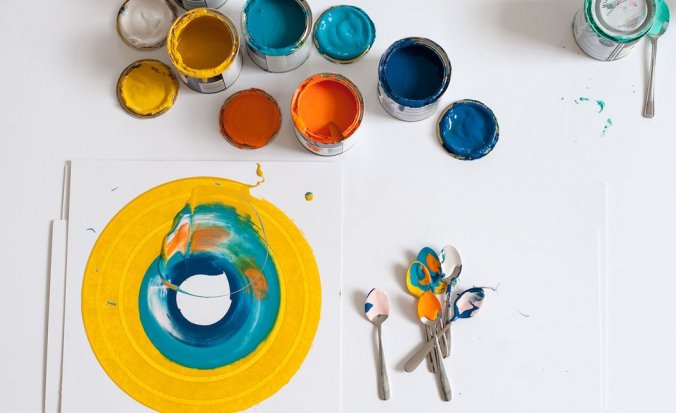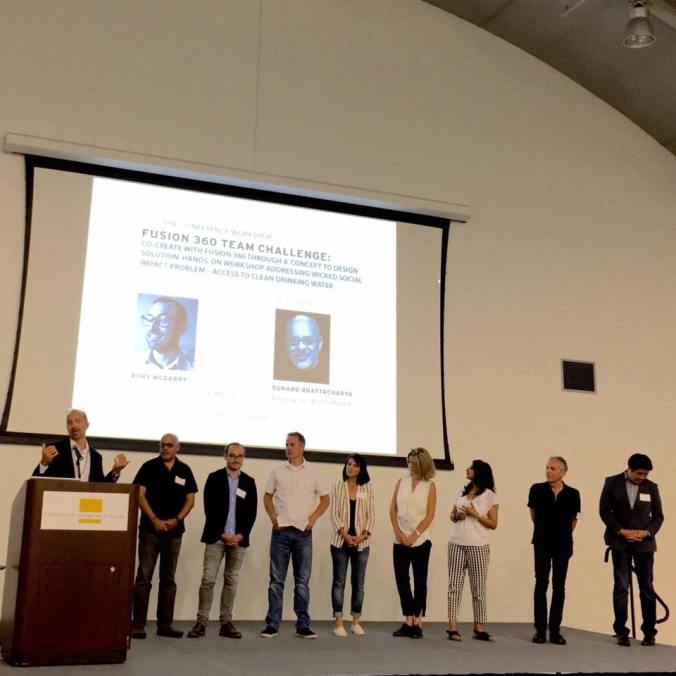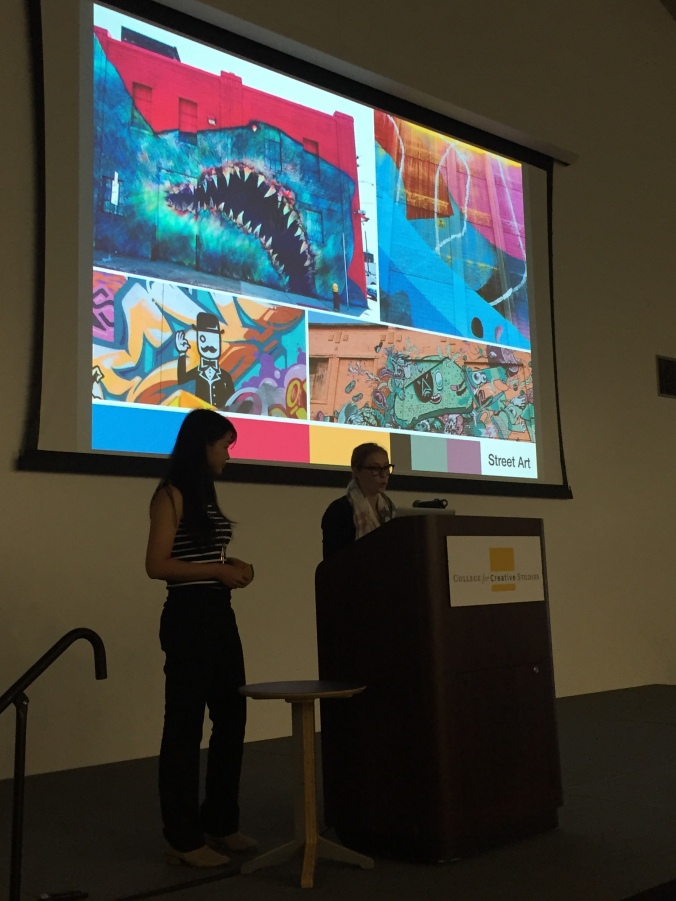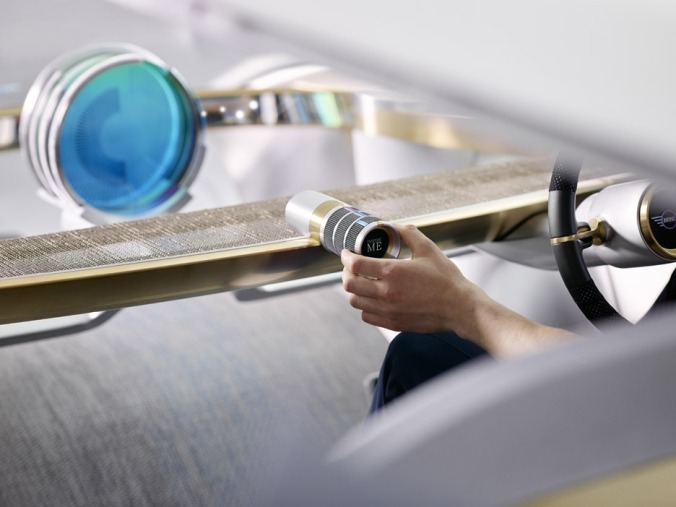July 4th – A celebration of color photographs (no red white and blue here).
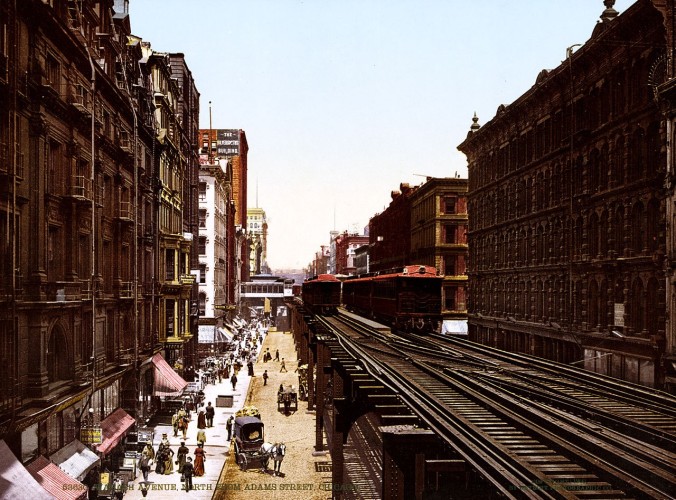
Old State House, Court St, Boston
This article in yesterday’s UK Telegraph looks at the first color photographs of the United States. There are 23 more images in the read more tab.
In August at CCS as part of the 2016 IDSA International Conference: Making Things Happen conference in Detroit, we’ll be looking at color in the context of the city of Detroit in 2016. Fortunately there remain many sites, buildings and landmarks that retain their original color and materials. The Witness Detroit, Color Workshop invites participants to research Detroit, it’s culture and environment creating and selecting colors that characterize Detroit and its values. It won’t be a retrospective but a “remix” of old and new, more on this later.
In the meantime, here’s an extract from the article in the Telegraph.
‘The following images show American cities, towns and attractions at the turn of the 20th century – and in colour. They were created using the Photochrom technique pioneered by Photoglob Zürich AG, which sees colour manually added to black-and-white negatives. The Swiss firm licensed the process to other companies such as the Detroit Photographic Company in the US and the Photochrom Company of London. The following images are among the most striking produced during the period…”

Mulberry Street, New York

Wabash Ave north from Adams Street, Chicago. The Elevated Railroad, or ‘L’ (or El), in Downtown Chicago, better known as The Loop
Continue reading →
